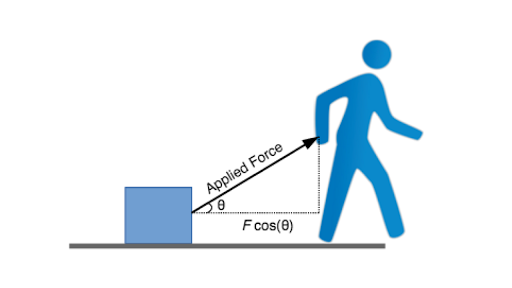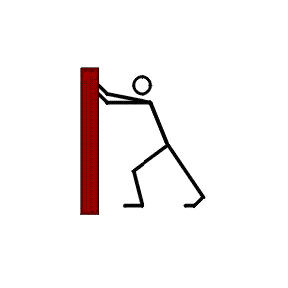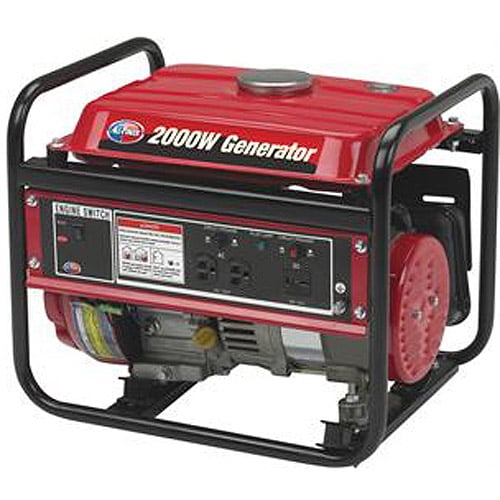Definition:-
"Work is the product of force and the distance covered by a body due to force applied on it"


Explanation:-
In physics work is done on a body, when we apply some force on it and it covers some distance in the direction of force.
Work is not done until body is not covering some distance whether force is applied on it or not, body has to cover some distance in order to get work done. or work will not be done until force will not be apply on it whether it is covering some distance or not. so both things are necessary.
Example:-
1.When you try to push the box by applying force on it and box start to move in direction of force, then your are doing work.
2.When you try to push the wall then you apply force but wall doesn't move, so you are not working (According to physics).


Unit:-
The Sl unit of work is joule J
Formula:-
Work also have an formula to calculate it mathematically,
W=F.d.cosθ
As define work is the product of force and distance and the angle between them.
Conditions:-
1.This cos shows that when force applied and distance covered is in same direction then angle will be 0, where cos(0)=1, hence work will be maximum.
2. When force applied and distance cover will be perpendicular to each other than angle will be 90 and cos(90)=0, hence work will be 0.
3. When force applied and distance covered is in opposite direction then work will be negative as, angle will be 180 and cos(180)= -1.















